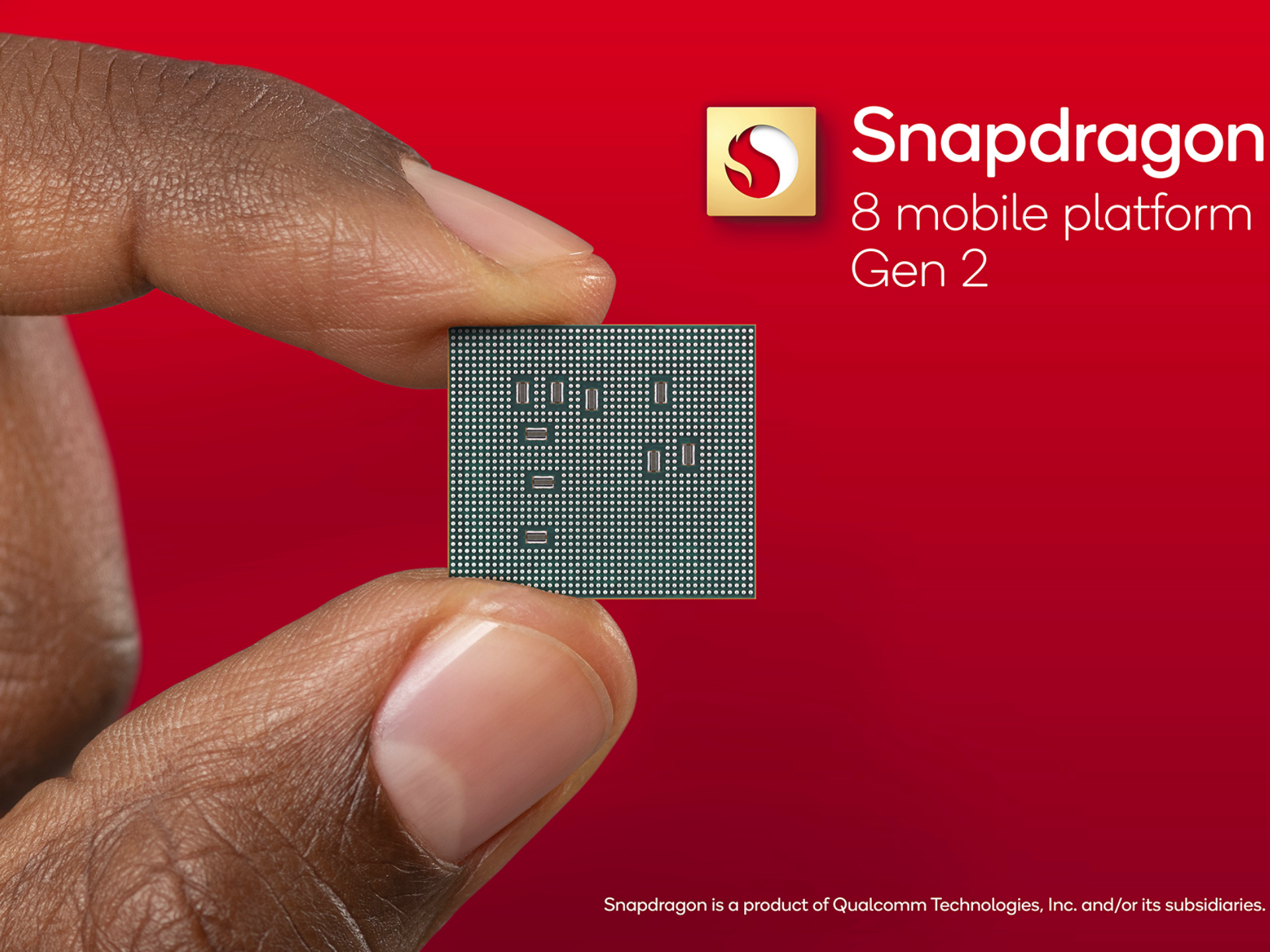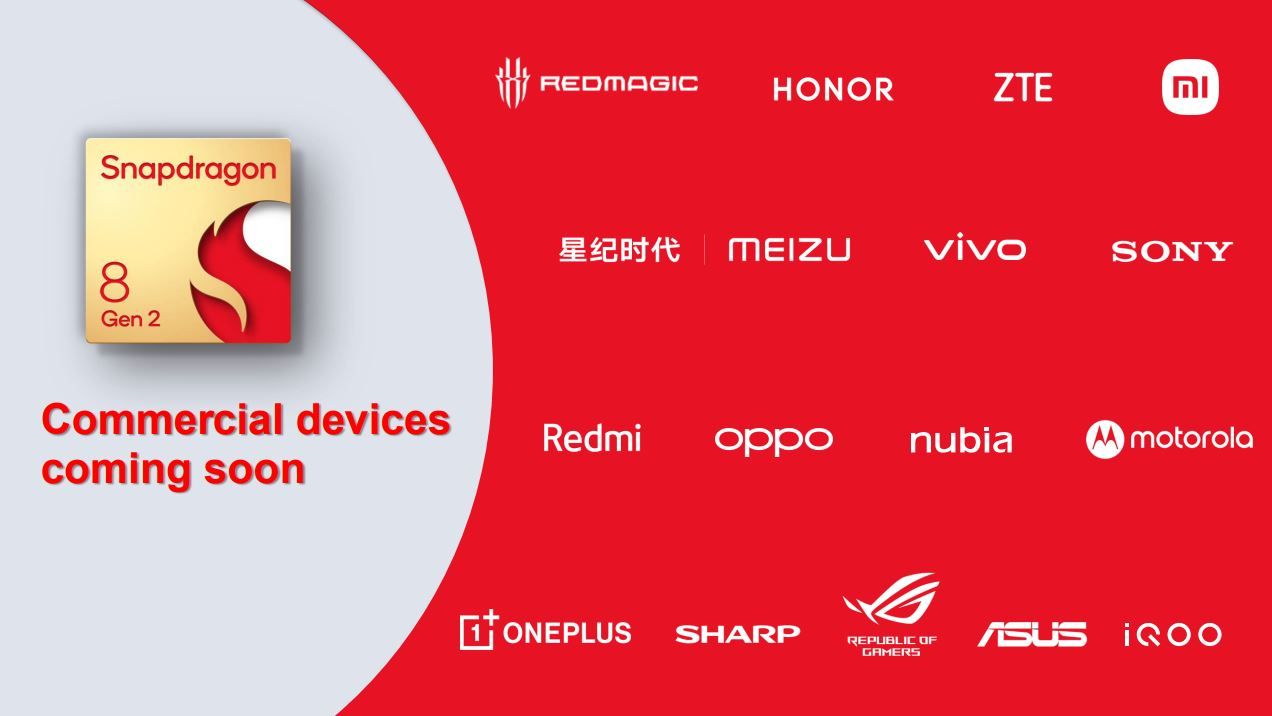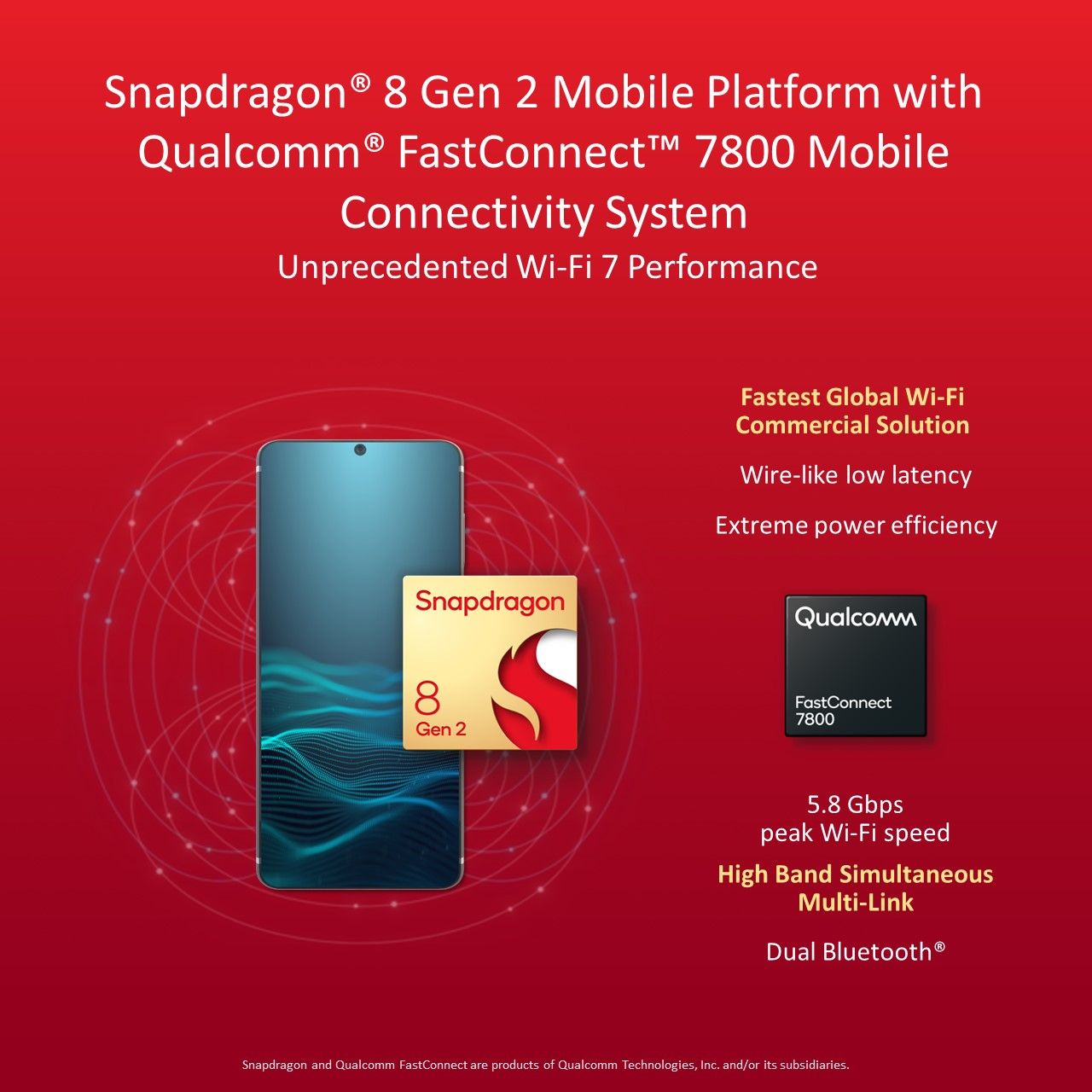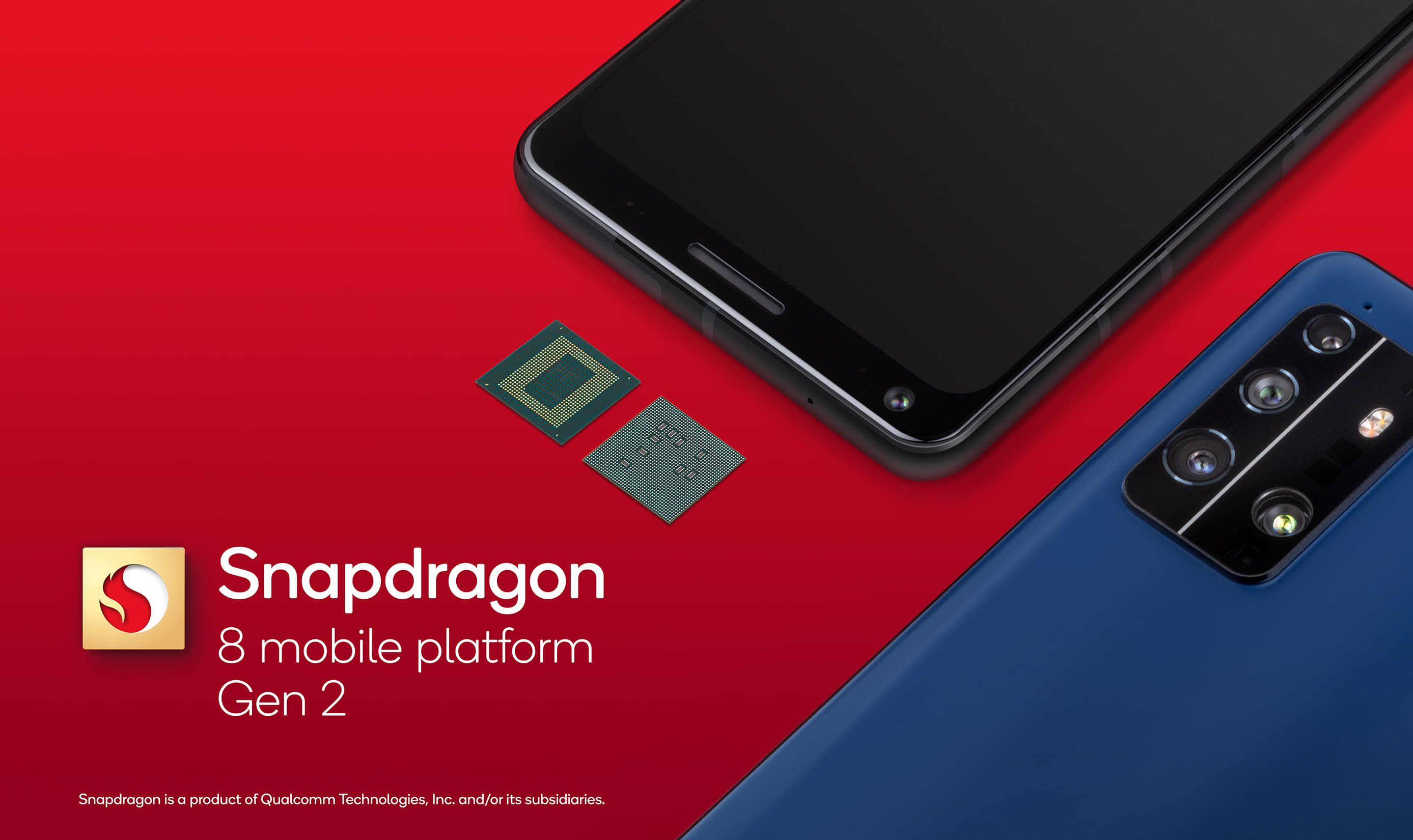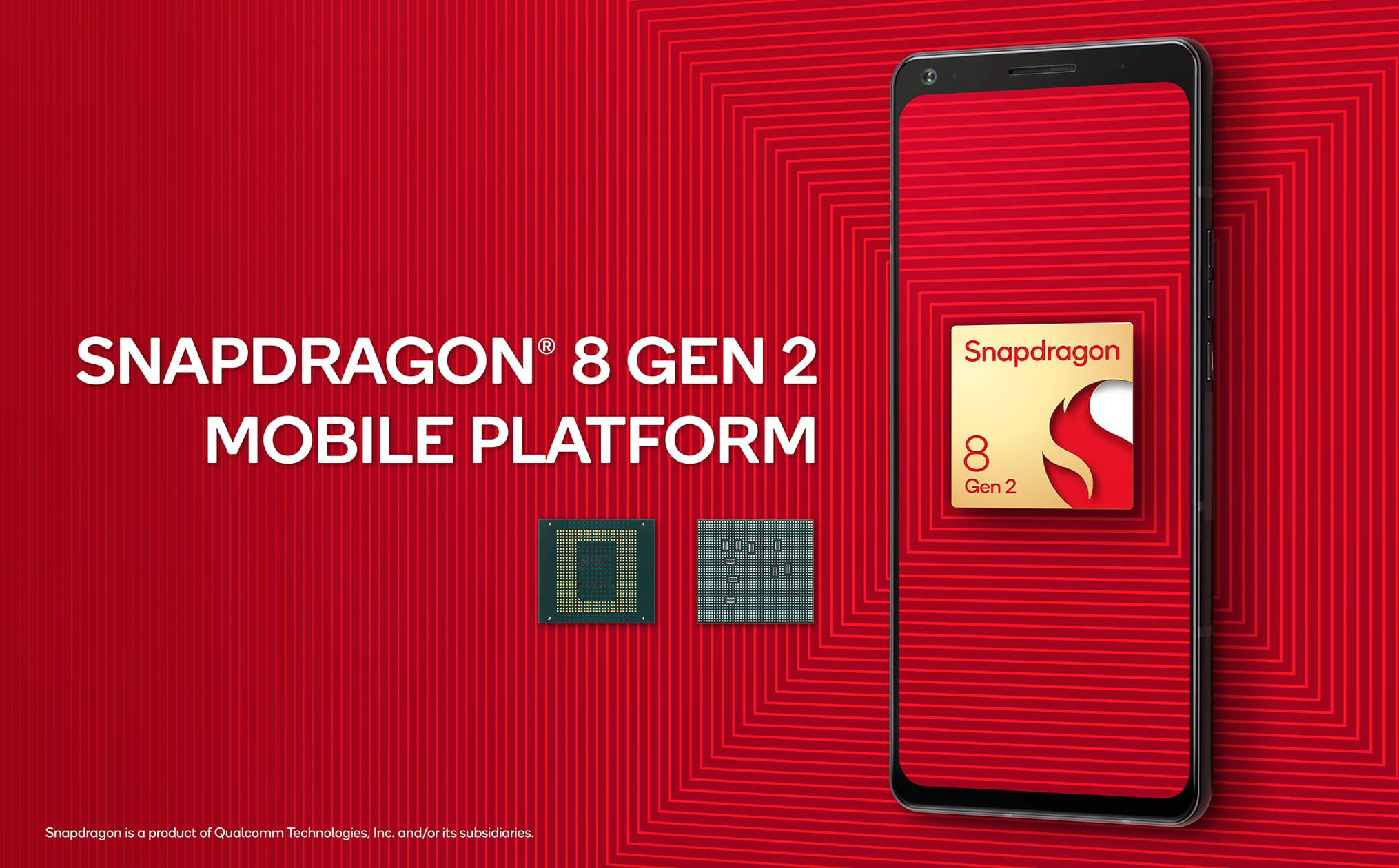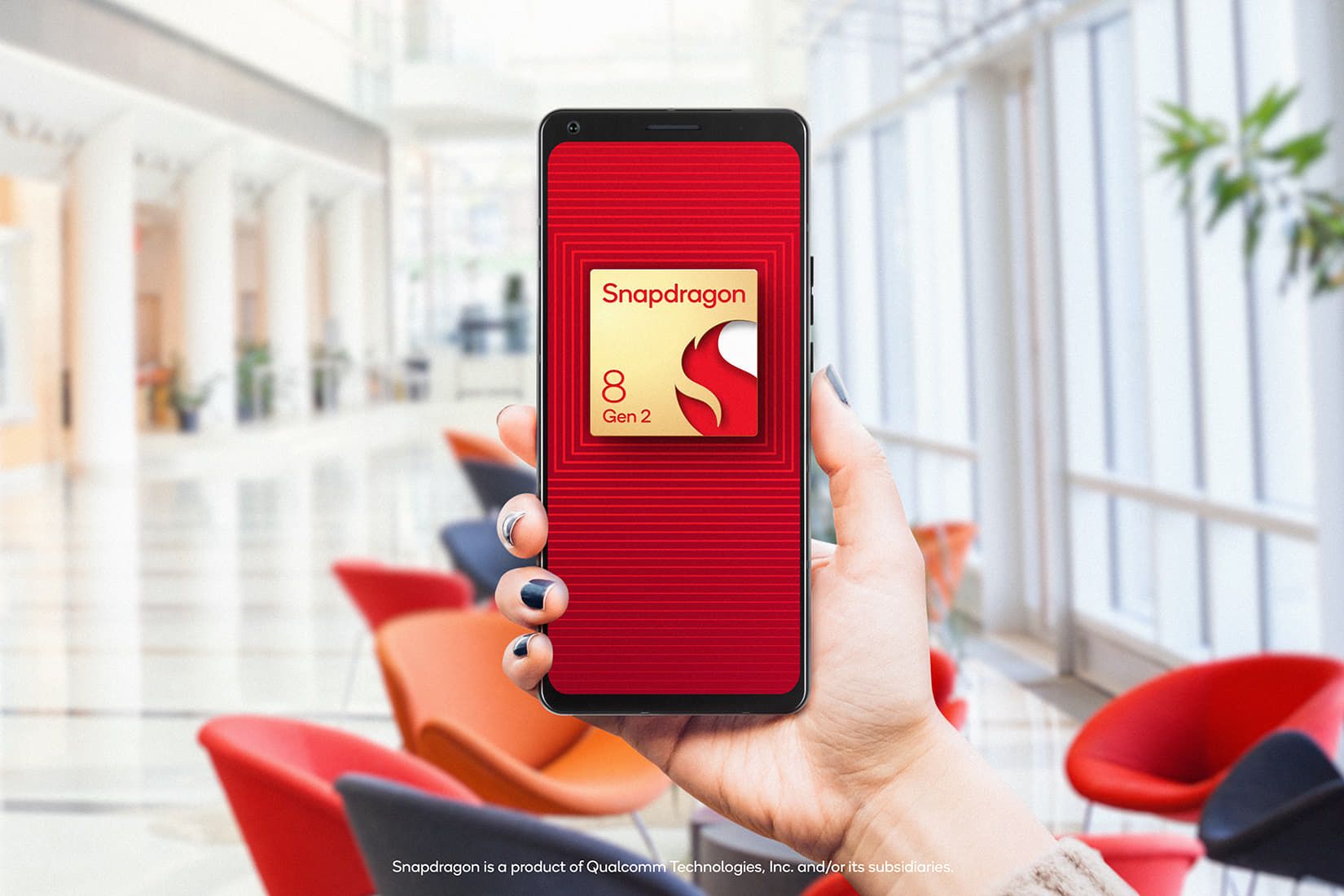Quick Links
During the Snapdragon Summit 2022, Qualcomm introduced its latest premium mobile platform, the Snapdragon 8 Gen 2. The new chip promises faster performance and better efficiency across the board and supports the latest new standards. Qualcomm says it “will define a new standard for connected computing, intelligently engineered with groundbreaking AI across the board to enable extraordinary experiences.” Qualcomm also mentions that we can expect the first commercial devices to arrive with the new chip by the end of 2022.
The new Qualcomm Snapdragon 8 Gen 2 chip comes with major updates over the Snapdragon 8 Plus Gen 1, and the Snapdragon 8 Gen 1 chipsets, which were announced this year and last year, respectively.
Availability
Qualcomm confirmed that its latest Snapdragon 8 Gen 2 chipset would be commercially available to devices by the end of 2022. Many phone manufacturers have already announced their intention to bring the latest and most powerful chip to the market in a new product, and we expect to see the new chip in some of the best phones at the end of the year, and in early 2023.
List of OEMs working on a new device powered by the Snapdragon 8 Gen 2
During the Snapdragon Summit 2022, Qualcomm announced several global OEMs that have already announced their intention to adopt the new platform, standards, and technologies in their upcoming and future devices. The following OEMs have already confirmed to be working on a product with the new flagship chipset:
- ASUS Republic of Gamers
- HONOR
- iQOO
- Motorola
- Nubia
- OnePlus
- OPPO
- REDMAGIC
- Redmi
- Sharp
- Sony
- vivo
- Xiaomi
- XINGJI/MEIZU
- ZTE
Technical Specifications
| Category | Qualcomm Snapdragon 8 Gen 2 |
| Manufacturing Process | 4 nm |
| CPU | Qualcomm® Kryo™ CPU
|
| GPU | Qualcomm® Adreno™ GPU
|
| Display |
|
| AI | Qualcomm® Sensing Hub
|
| Memory & Storage |
|
| Image Signal Processor | Qualcomm Spectra™ Image Signal Processor
|
| Video Capture |
|
| Modem |
|
| Other Connectivity |
|
| Security | Biometric Authentication (Fingerprint, Iris, Voice, Face) Sensor: Qualcomm® 3D Sonic and Qualcomm® 3D Sonic Max Sensor |
| Charging | Qualcomm Quick Charge 5 |
Connectivity
As expected, the Snapdragon 8 Gen 2 comes with several new connectivity features, enabling faster and more reliable speeds than ever. The chip features the new Snapdragon X70 5G Modem-RF System with Qualcomm 5G AI Processor. The new AI-powered modem will deliver faster 5G upload and download speeds, improve coverage, reduce latency, and greatly improve power efficiency.
The Snapdragon 8 Gen 2 is the first platform to support 5G+/5G/4G Dual-SIM Dual-Active, which allows for the flexibility of using two 5G SIMs at once. The platform also comes equipped with the Qualcomm FastConnect 7800 connectivity system, which features the new low-latency Wi-Fi 7 technology and dual Bluetooth connectivity.
Camera
The new Snapdragon 8 Gen 2 uses the first Cognitive ISP. The new platform can automatically enhance photos and videos in real-time with semantic segmentation, using an AI neural network to make the camera contextually aware of faces, facial features, hair, clothes, skies, and more. All of this can be optimized individually to further enhance the image quality.
Snapdragon 8 Gen 2 supports new and higher camera sensors, and HDR technology. Samsung’s ISOCELL HP3, the first 200MP sensor, is also optimized to work on the new platform, delivering higher-quality photos and videos. The new chip is also the first to include an AV1 codec with support for video playback up to 8K HDR at 60 frames per second.
AI (Artificial Intelligence)
Snapdragon Smart is Qualcomm’s latest, fastest, and most advanced AI Engine. It’s seamlessly integrated across the entire system and powered by a Qualcomm Hexagon processor, enabling faster natural language processing with multi-language translation and advanced AI camera features. The new Hexagon CPU features a new architecture, including a micro tile inference and a bigger tensor accelerator for up to 4.35x increased performance.
Snapdragon Smart is also the first in the mobile platform portfolio to support INT4, an AI precision format, promising a 60W performance/watt improvement for sustained AI inference. The new Qualcomm Sensing Hub also packs two AI CPUs and supports wake words and many other features.
Gaming
The new Snapdragon Elite Gaming also benefits from the Snapdragon 8 Gen 2’s increased power. It adds new real-time hardware-accelerated ray tracing that improves the lights and reflection, and illuminations in mobile games. The Adreno GPU also delivers up to 25% faster performance, and the new Kryo CPU is up to 40% more power efficient, providing longer battery life when playing games for an extended period. Qualcomm also says that users can “experience photorealistic human characters in games with the world’s first mobile optimized support for Unreal Engine 5 Metahumans Framework on Snapdragon.”
Sound
The new SoC supports the Snapdragon Sound technology for premium and immersive music, calls, and even gaming. It features spatial audio with dynamic head-tracking for a surround sound experience, and it even supports 49kHz lossless music streaming. The new audio experience will also greatly help gamers, providing a low 48ms latency.
Security
The chip also supports Snapdragon Secure technology, offering the latest cryptography, key management, attestation, and more. It’s designed to protect users’ data and privacy. The new technology provides better protection to reduce and limit the exposure and exploration of data on devices, powered by the new chip.

